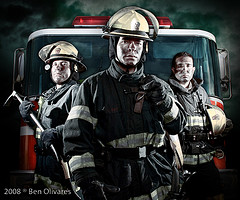When I think of the work fire fighters do every single day, I am humbled. I think of the times I went to the local fire station as a kid to learn about the importance of preventing home fires. I think of the big red fire trucks, safety gear and the bravery these men and women exhibit every single day.
As it turns out, the dangers fire fighters face aren’t limited to the dangers of running into a burning home. Peer-reviewed science has shown alarming trends among fire fighter populations including increased cancer rates.
(Photo Credit: Ben Olivares via photopin cc)
That is why today, all across the country, local fire fighters and public health leaders are teaming up to Give Toxic Chemicals the Boot! We’ve partnered up with the documentary filmmakers of Toxic Hot Seat, an incredible expose about toxic flame retardants, chemicals that are not only harmful to the general public and fire fighters, but are ubiquitous in our homes.
Events are taking place at city halls and state capitols where fire fighters and public health leaders are calling attention to the dangers of toxic chemical exposures in the home and on the job. In addition to public events, there are screenings of the documentary Toxic Hot Seat, taking place across the country. (If you have HBO-GO you can watch the film from home!)
The skinny on toxic flame retardants
First, it’s good to know a little about the chemicals we’re talking about. Toxic flame retardants are a class of chemicals (meaning there are several different kinds, with different health effects), which were added into furniture starting in the 1970s.
Decades worth of science shows these chemicals have alarming health effects including links to: cancer, hormone-disruption, harming the brain and liver. And the worse part is they have been shown ineffective at slowing the spread of fires in our homes.
The result is we’re exposed to toxic chemicals daily, with no added fire safety benefits.
Exposure widespread
One study found that of the couches tested 85% contained one or more flame retardant chemicals, and in large quantities. Unlike other chemicals, flame retardants are highly toxic and are used by the pound in our products like couches, children’s products, electronics, and spray foam insulation.
Fire fighters are uniquely exposed to a variety of toxic chemicals including flame retardant chemicals. When a house is burning, the chemicals used to make our household products are released and create high rates of exposures. In addition, the burning of many products creates harmful byproduct chemicals including one of the most toxic substances known, dioxin.
Policy lags behind
 As the science about exposure to toxic flame retardants emerges, we have a moral and urgent duty to act on these chemicals. Our first responders are being directly impacted, pregnant women and children have high exposures and meanwhile Congress has been kicking around policy proposals that would do more to protect the chemical manufacturers than pregnant women and children.
As the science about exposure to toxic flame retardants emerges, we have a moral and urgent duty to act on these chemicals. Our first responders are being directly impacted, pregnant women and children have high exposures and meanwhile Congress has been kicking around policy proposals that would do more to protect the chemical manufacturers than pregnant women and children.
The House recently introduced the Chemicals in Commerce Act, which has received aggressive opposition from the public health community and health professionals. The bill would do nothing to protect fire fighters and pregnant women from chemicals like toxic flame retardants, and that’s a problem.
The policy proposals call into question if Congress is actually interested in real reform of our toxic chemical laws? Congress needs to wake up, go back to the drawing board and realize this isn’t some fringe issue. It’s an issue that reaches a broad and divers audience and it rapidly gaining traction.
We’ve waiting long enough, the evidence is here, we must act.
Congress needs to hear loud and clear that we’re not sitting on the sidelines.
Sign our petition to Congress asking them for REAL reform of our toxic chemical laws.
Highlights from today

San Francisco, CA
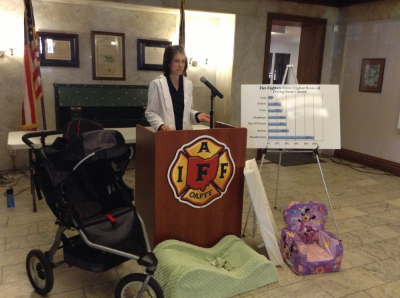
Columbus, OH
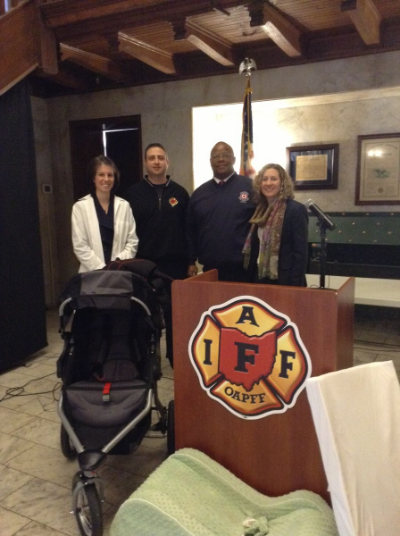
Columbus, OH
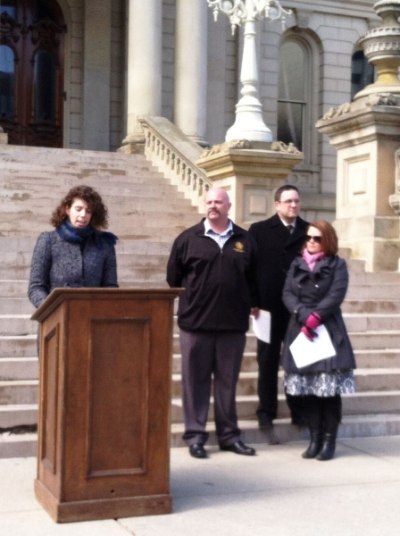
Lansing, MI
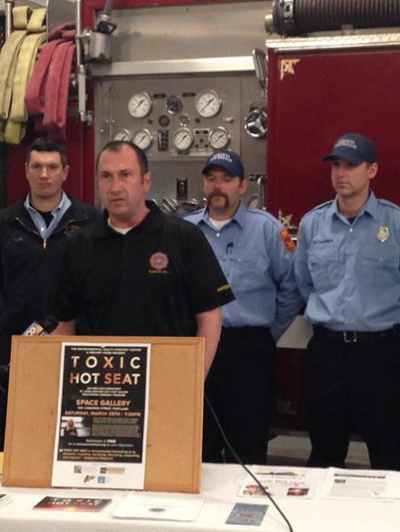
Augusta, ME

